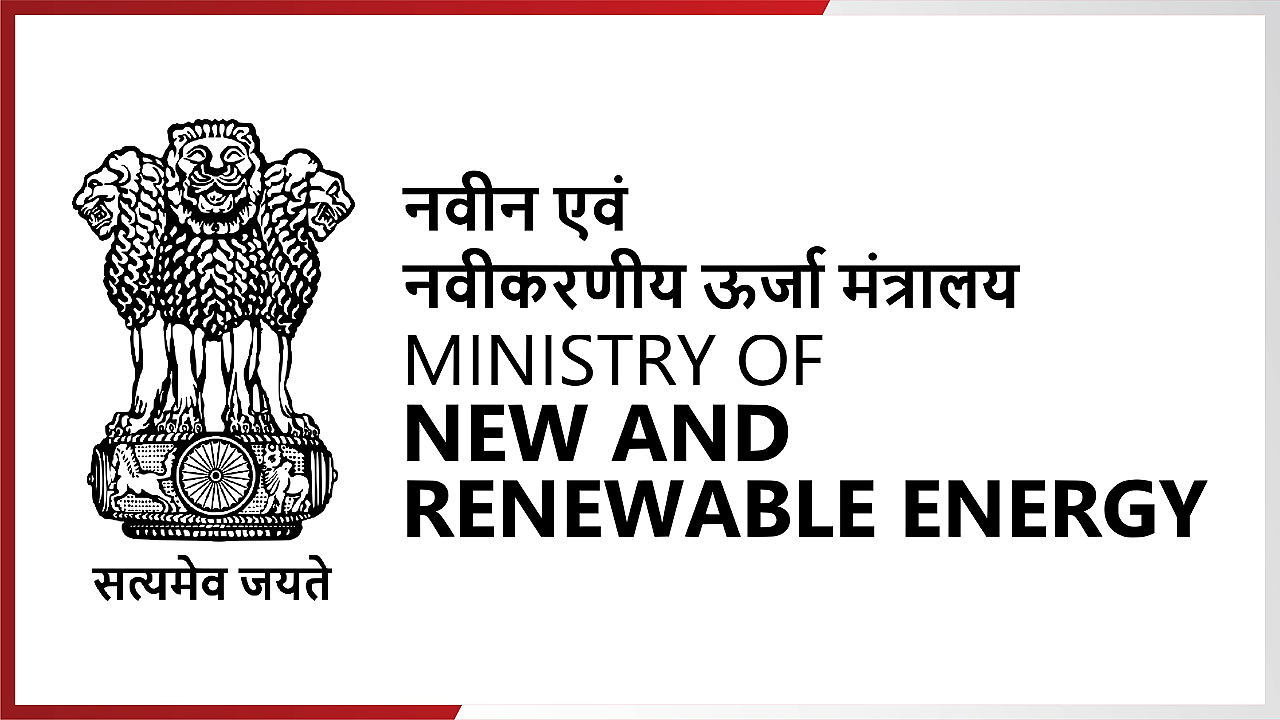
The Government of India advances towards the National Green Hydrogen Mission by announcing emission thresholds for producing Green Hydrogen. MNRE has clearly defined that for hydrogen production to be classified as ‘Green’, a well-to-gate emission (which includes water treatment, electrolysis, gas purification, drying and compression of hydrogen) of not more than two kg CO2 equivalent per kg H2 has to be maintained and taken as an average over the last 12-month period.
Furthermore, the Bureau of Energy Efficiency (BEE), Ministry of Power will be the Nodal Authority for the accreditation of agencies responsible for the verification, certification and monitoring of all projects related to the production of Green Hydrogen in the country.
The memorandum states that “Green Hydrogen” can be classified as being produced using renewable energy, including, but not limited to, production through electrolysis or conversion of biomass. Such renewable energy will also include stored energy in electricity storage systems or banked with the grid in accordance with applicable regulations that have been generated from renewable energy sources.
The cap of two kg CO2 equivalent per kg H2 is applicable for the non-biogenic greenhouse emissions from water treatment, electrolysis, biomass processing, heat/steam generation, biomass conversion to hydrogen, gas purification and drying and hydrogen compression through electrolysis. This is good news for the public-private partnership framework for R&D (Strategic Hydrogen Innovation Partnership – SHIP) under the Mission to produce goal-oriented and time-bound production results that may be suitably scaled up to develop globally competitive technologies. As per the announcement in January, the Mission will be lessening nearly 50 million metric tonne (MMT) of annual greenhouse emissions by 2030.
Also Read